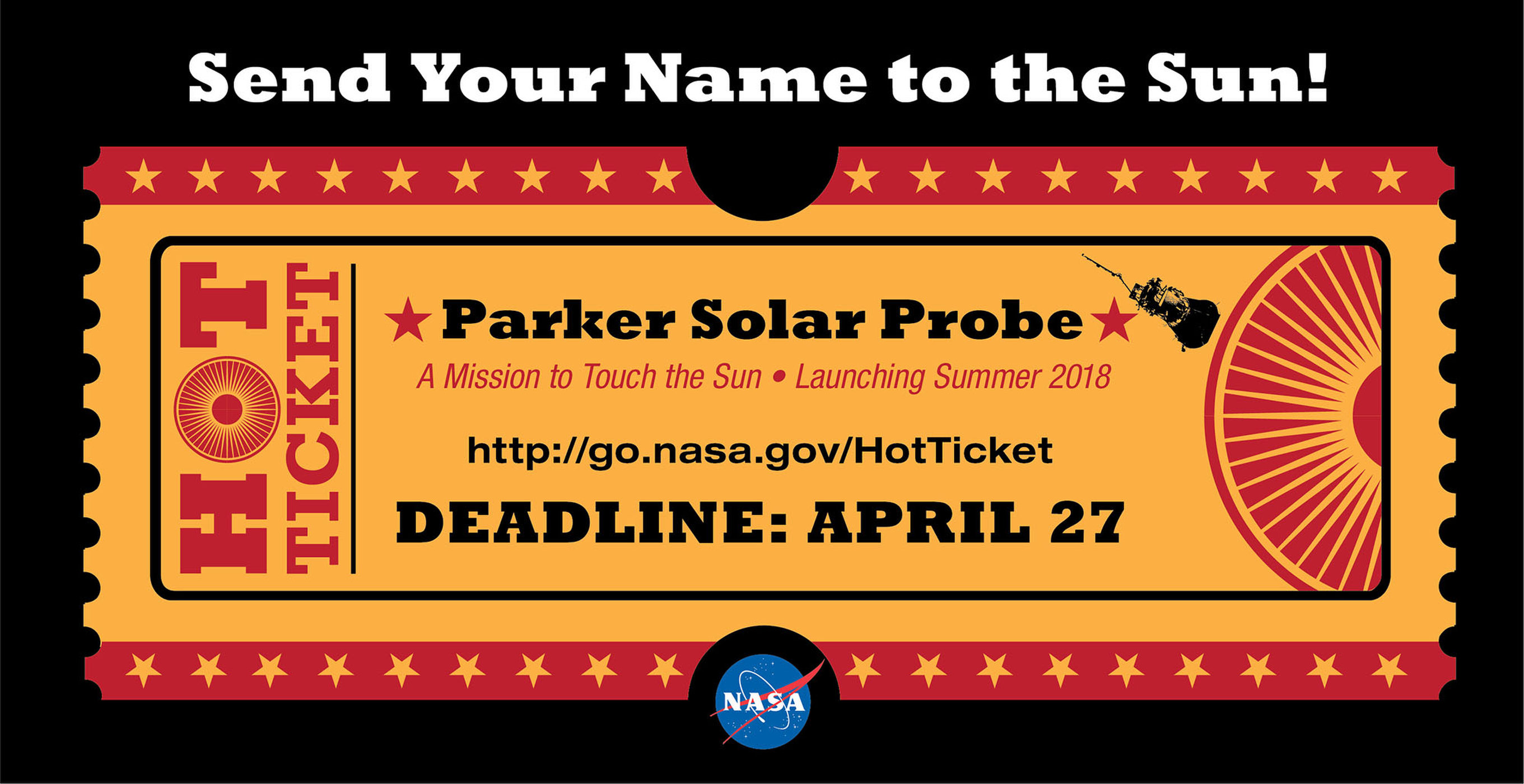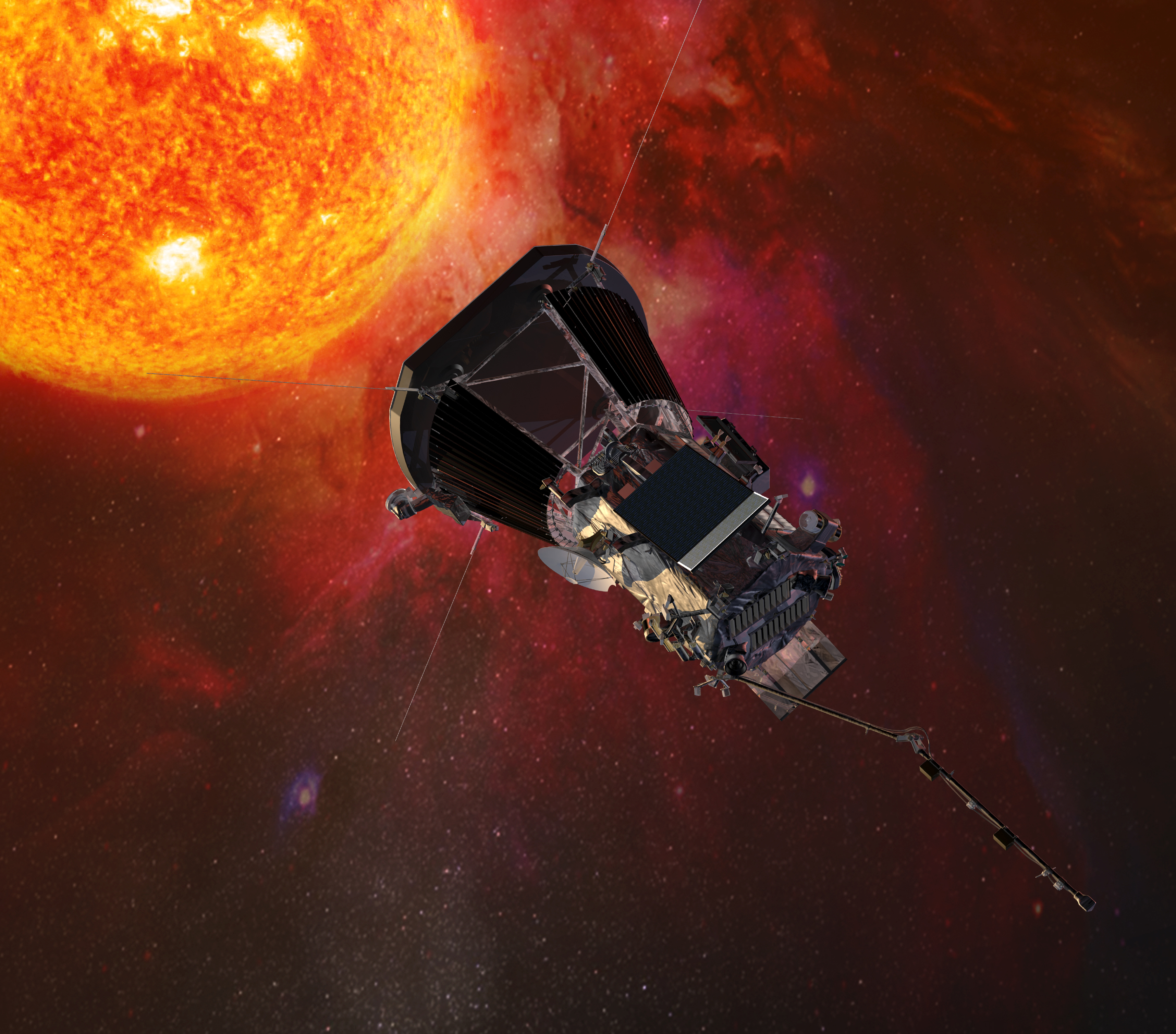
Always wanted to be part of an important space mission? Now, thanks to NASA’s recently launched “Hot Ticket” program, you can get your “moment in the sun” — literally — by simply submitting your name. The space agency will put all the names received on a microchip which will accompany the Parker Solar Probe on its mission to observe our fiery star’s atmosphere from up close – something that has never been attempted before.
The compact car-sized Parker Solar Probe is scheduled to launch from NASA’s Kennedy Space Station in July 2018. It will make multiple trips around the sun and get to within 4 million miles of its surface, nearer than any other prior spacecraft. During its closest approach, the unmanned satellite is expected to reach speeds of up to 430,000 mph (692,000 km/h), shattering the current speed record held by the Juno probe, which accelerated to about 165,000 mph (265,000 km/h), as it approached Jupiter in the summer of 2016.

To withstand the sun’s extreme 2,500 degrees Fahrenheit (1,377 degrees Celsius) exterior temperatures, the Parker Solar Probe is encased in a 4.5-inch-thick carbon-composite heat shield. NASA engineers believe the protection will prevent the probe from being incinerated and ensure the instruments inside remain at a comfortable “room temperature.”
The information collected by the spacecraft will enable scientists to expand their knowledge about the sun’s corona and find ways to predict the sporadic, and potentially harmful, solar flares. A recent study by the National Academy of Sciences estimates that a sudden massive solar event could cause up to two trillion dollars of damage in the US alone and render the country’s East Coast without power for an entire year! Though the spacecraft’s current mission timeline extends just seven years, to 2025, NASA experts say if things go well, the probe may continue to operate for a longer period of time.

Originally called Solar Probe Plus, the robotic spacecraft was renamed in May 2017 in honor of pioneering astrophysicist Eugene Parker, who developed the theory of the supersonic solar wind in 1958. In addition to the microchip, the probe will also carry the researcher’s photo and a copy of his scientific paper.
Ready to become part of what project scientist Nicola Fox, from the Johns Hopkins Applied Physics Laboratory in Baltimore, calls, “The fastest, hottest — and coolest — mission under the sun?” Then enter your name and email on the space agency’s special sign-up page. Once you confirm the details are accurate by clicking on an e-mail link from NASA, you will receive a certificate confirming your participation in this historic mission!
Resources: Space.com, NASA.gov, Gizmondo.com
